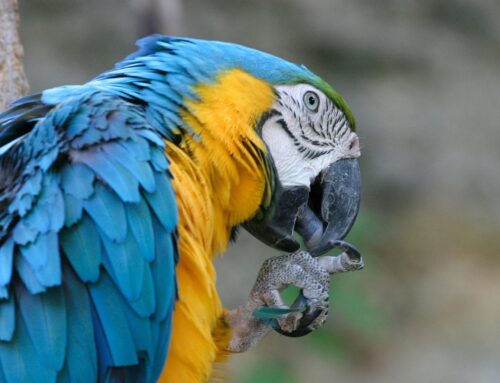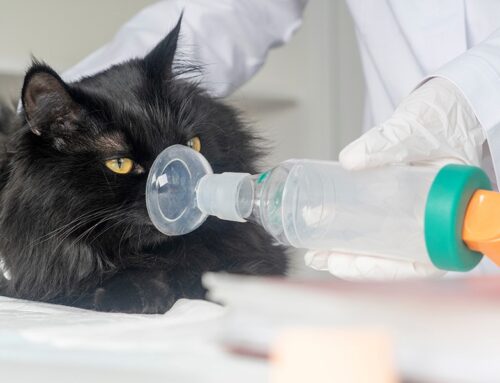As veterinarians, we often see a wide range of health issues in pets, but one condition that stands out in reptiles is Metabolic Bone Disease (MBD). This is a serious and common condition that affects the bones of reptiles, particularly those kept in captivity.
Whether you’re a seasoned reptile owner or considering bringing a scaly friend into your home, understanding MBD is crucial to ensuring your pet’s health and well-being.
What is Metabolic Bone Disease?
Metabolic Bone Disease is an umbrella term that describes a group of disorders that lead to weakened bones in reptiles. MBD is primarily caused by an imbalance in calcium, phosphorus, and vitamin D3, which are vital for healthy bone development and maintenance. When these elements are out of balance, a reptile’s bones can become soft, brittle, and prone to fractures.
MBD is particularly common in reptiles such as lizards (like bearded dragons and geckos), turtles, tortoises, and snakes. This condition can develop over time and may be difficult to spot in its early stages, making awareness and prevention key.
Causes of MBD
The most common causes of Metabolic Bone Disease in reptiles include:
- Inadequate UVB Lighting: Reptiles need exposure to UVB light to synthesize vitamin D3 in their skin. Vitamin D3 is essential for calcium absorption in the body. Without sufficient UVB lighting, reptiles can’t properly absorb calcium, leading to deficiencies that contribute to MBD.
- Poor Diet: A diet lacking in calcium or high in phosphorus can disrupt the delicate balance needed for bone health. Many commercially available foods don’t provide the necessary nutrients, especially if they’re not supplemented with calcium or vitamin D3.
- Improper Temperature and Humidity: Reptiles are ectothermic, meaning they rely on external heat sources to regulate their body temperature. If the temperature in their habitat is too low, their metabolism slows down, affecting their ability to process nutrients like calcium and vitamin D3.
Symptoms of MBD
Metabolic Bone Disease can manifest in various ways, depending on the severity and duration of the condition. Some common signs to watch for include:
- Lethargy and Weakness: Reptiles with MBD may become sluggish and less active than usual.
- Swollen Limbs, Shell or Jaw: Soft, swollen limbs or a rubbery jaw are classic signs of MBD. These symptoms occur because the bones are becoming soft and pliable due to a lack of calcium.
- Tremors and Muscle Twitching: Low calcium levels can cause neuromuscular issues, leading to tremors or muscle twitching.
- Deformed or Fractured Bones: In advanced cases, reptiles may develop visible deformities in their limbs, spine, or shell. They may also suffer from fractures with minimal trauma.
- Poor Appetite: A reptile suffering from MBD might eat less or stop eating altogether, further exacerbating their condition.
Preventing MBD
The good news is that Metabolic Bone Disease is preventable with proper care and attention. Here are some essential steps to help keep your reptile healthy:
- Provide Proper UVB Lighting: Ensure your reptile’s enclosure is equipped with a high-quality UVB light. The light should cover a significant portion of the enclosure, and you should replace the bulb every 6-12 months, as the UVB output diminishes over time, even if it looks like it is still working. Make sure your reptile has access to the light during the day, as this is when they naturally bask in the sun.
- Balanced Diet: Feed your reptile a diet appropriate for its species, with a focus on foods rich in calcium. For example, leafy greens, calcium-dusted insects, and
commercial foods specifically formulated for reptiles are good choices. You should also use calcium supplements to ensure your pet is getting enough of this vital nutrient. - Maintain Proper Temperature and Humidity: Each reptile species has specific temperature and humidity requirements. Use thermometers and hygrometers to monitor these levels in the enclosure, and adjust the heating and misting as needed.
- Regular Vet Check-Ups: Regular visits to a veterinarian experienced with reptiles are essential. During these visits, your vet can check for early signs of MBD and provide advice on proper husbandry to prevent the disease.
Treating MBD
If you suspect your reptile has MBD, it’s crucial to seek veterinary care immediately. Treatment for MBD typically involves correcting the underlying nutritional deficiencies and providing supportive care.
We may prescribe calcium and vitamin D3 supplements to help restore the balance in your reptile’s body. In severe cases, treatment might also include pain relief, physical therapy, or even surgery to correct fractures or deformities. The success of treatment largely depends on how early the condition is detected and how well the underlying issues are addressed.
Conclusion: The Importance of Education and Care
Metabolic Bone Disease is a serious condition, but with proper care and attention, it’s entirely preventable. By understanding the causes and symptoms of MBD and taking proactive steps to provide the right environment and nutrition, you can help ensure that your reptile lives a long, healthy, and happy life.
As veterinarians, we’re here to support you in your journey as a reptile owner. If you ever have questions or concerns about your pet’s health, don’t hesitate to reach out.
Together, we can keep your scaly friend thriving!



